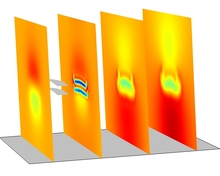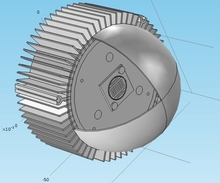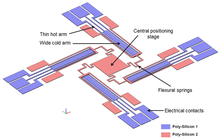
When I first heard about Carnot’s theorem, I was impressed with its simplicity. Yet, no matter the amount of hard thinking we put into the design of everyday heat engines, we will never reach the efficiency of a Carnot engine. Still, modern-day heat engines are still effective as they get us from point A to point B by car or truck.
Effectiveness vs. Efficiency
Requirements are usually set by our customers, and when we meet these requirements, they understand the final design to be effective. The performance of this design depends on our creativity, skills, and stubbornness. While designers can count on a plethora of specialists and procedures to help them reach an effective design, when it comes to efficiency they’re almost on their own. An efficient design relies on the knowledge of the physics and technology at hand. Reaching a desired outcome makes something effective, but reaching the outcome in the best possible way makes it efficient. For example, we talked about efficient design solutions for coaxial heat exchangers and concluded that thanks to the counter-flow arrangement, we could exchange more heat within the same pipe length. This design is more efficient, while both parallel- and counter-flow arrangements are effective.
We can now simulate our design and answer questions like “is it effective?” or “is it efficient?”
Efficiency in Design
Nowadays, simulation makes it possible to verify our design before an actual prototype is built. This means that we can catch any flaws in the conceptual stage and anticipate the level of performance to be expected down the line. We can now simulate our design and answer questions like “is it effective?” or “is it efficient?” well in advance.
Here are some more examples of efficient designs spanning several applications and points of view:
- User-defined simulation package based on COMSOL Multiphysics and its Java API
- High-precision motion controlled positioning MEMS system
- Cooling of a LED module
- Ultrasound-induced control of motion of microparticles and cells in bio-chip technology
- Structural optimization of the Wright brothers’ flyer

|

|

|
I’m sure you have worked on making your design more efficient lately. Let us know more about it in the comments field below!



Comments (0)